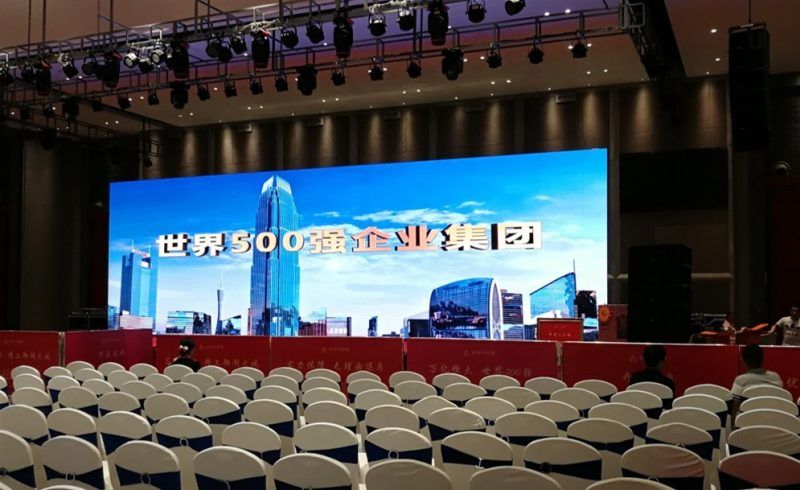industrial news
HD Small Pixel Pitch LED display becomes more and more mainstream.
In the past few years, small pixel pitch HD LED display has changed from a rare product to an important one. Especially the continuous upgrading of the LED display technology, but also brought the expansion of the broad range of applications. In many exhibitions, small spacing LED display screen has become a model popularization standard for LED screen.
For the popularity of small spacing products, industry insiders have expressed that this is a good link between small spacing LED in the market and DLP, to a basic level of an important milestone. Therefore, the pixel spacing of most DLP stitching projects is fixed at 1.2mm. In addition, the small spacing LED industry believes that although DLP splicing products can achieve higher pixel density and have millimeter physical seams (> 0.5 or < 0.2), the small spacing LED of P1.2 mm can still achieve the splicing density index from the actual situation. The popularity of small spacing LED screen and P1.2 grade products is an important turning point from “low-end enclosure mode” to high-end market mode in the competition between small spacing LED and DLP splicing wall.
Small Spacing LED Display Screen
Of course, for products with relatively high pixel density, there is still opposition in the industry: P1.2 products have increased the number of lamp beads per unit area by nearly 60% compared with P1.5 products. This also means that the difficulty in product quality control and service quality has increased greatly. Infinite pursuit of products with smaller spacing. For those who oppose it, supporters of small spacing products argue that product economy and yield problems can be overcome gradually by advanced technology and structural innovation, just as P2.0 products were sky-high prices before, and now this standard product has been mainly aimed at low-cost applications. As to whether the higher precision products have enough market demand, many people in the industry agree that they are far from reaching the maximum limit.

